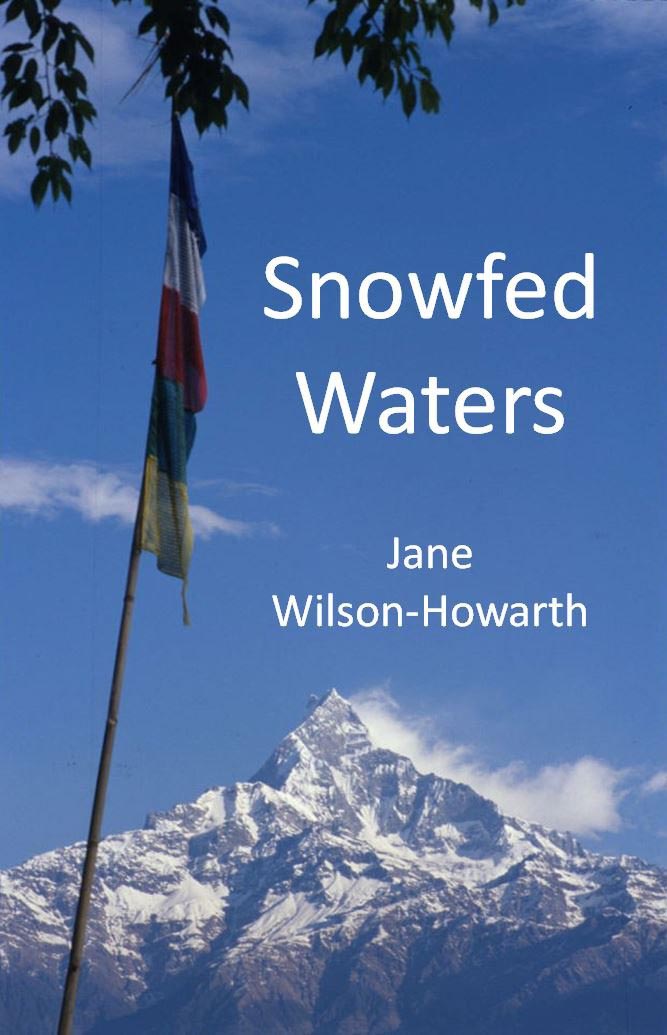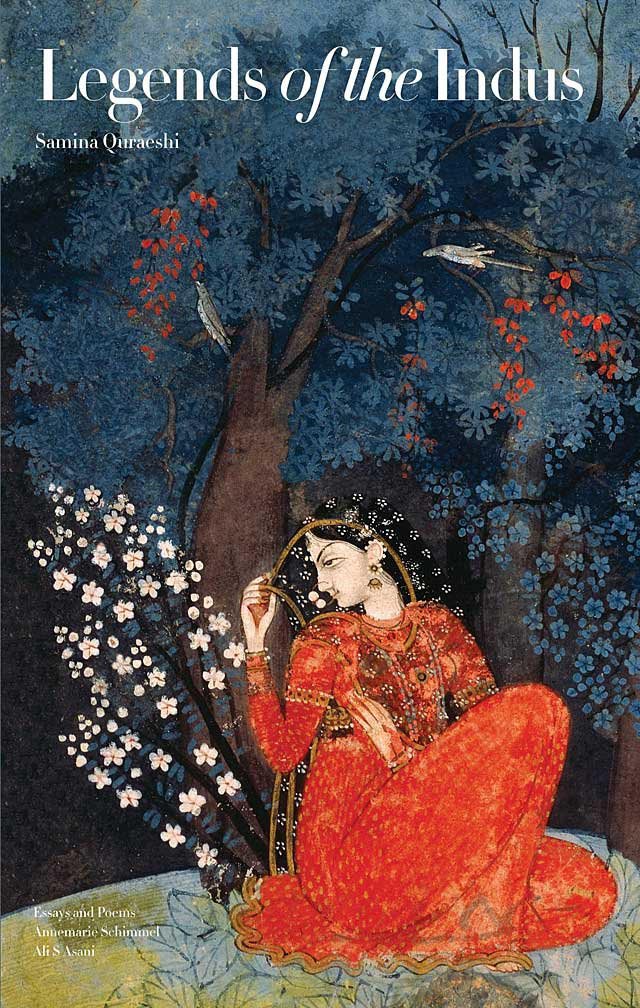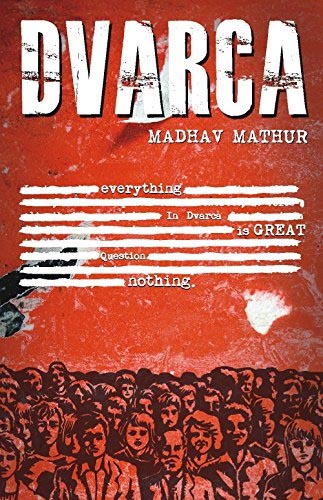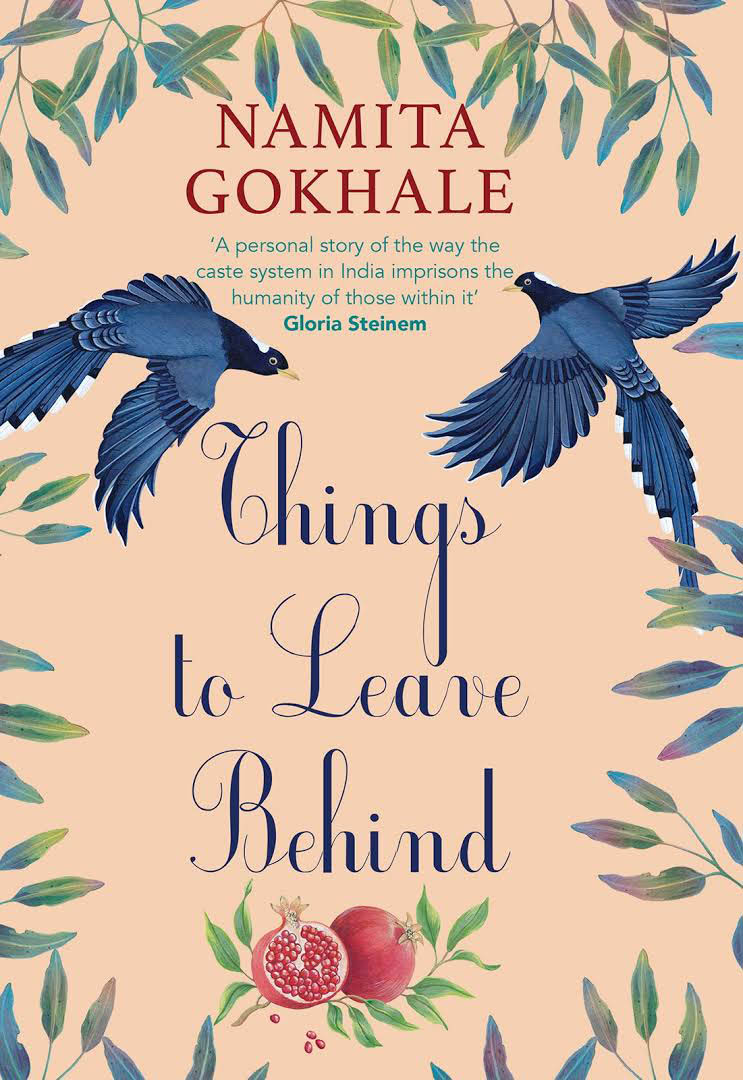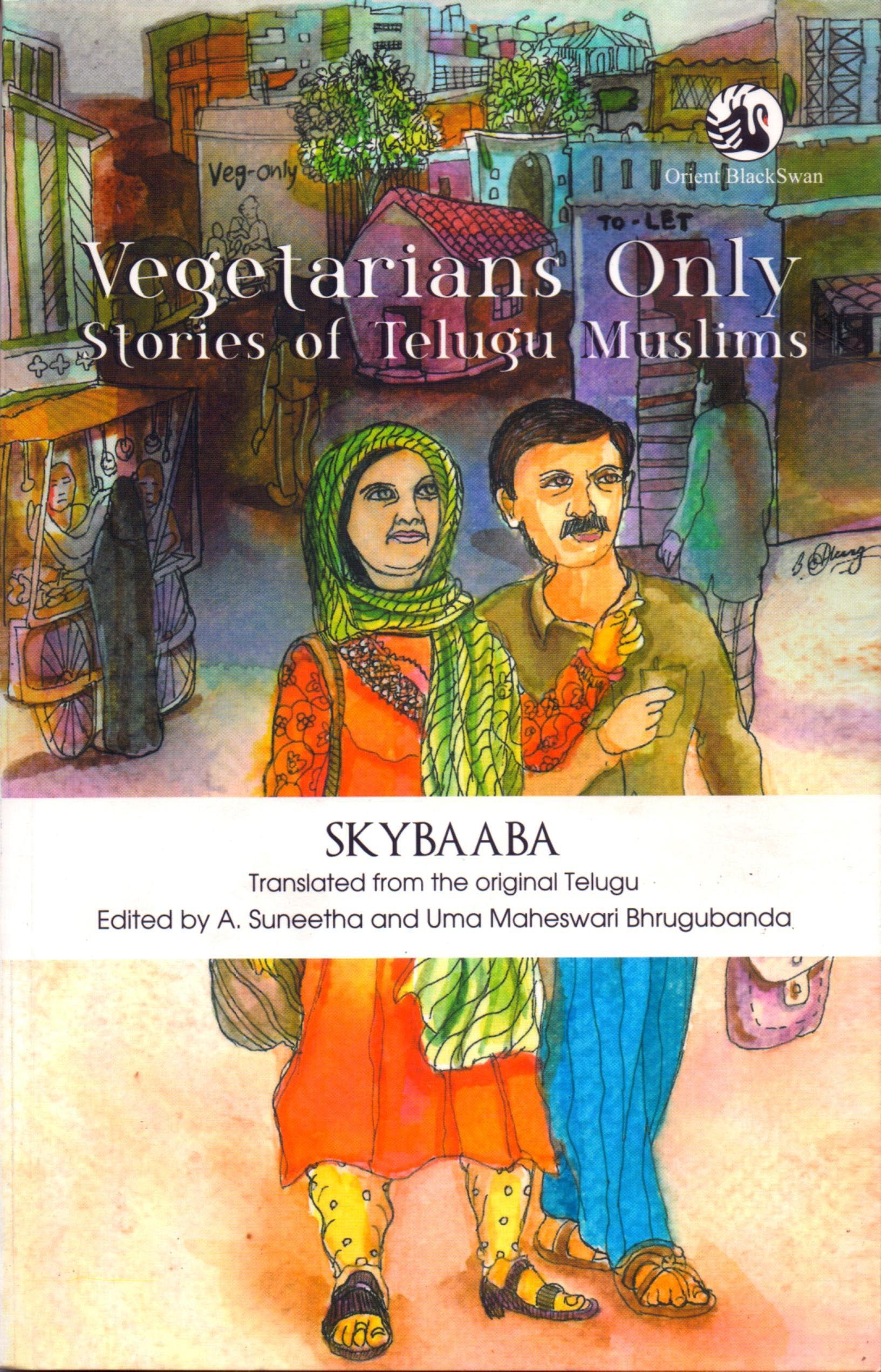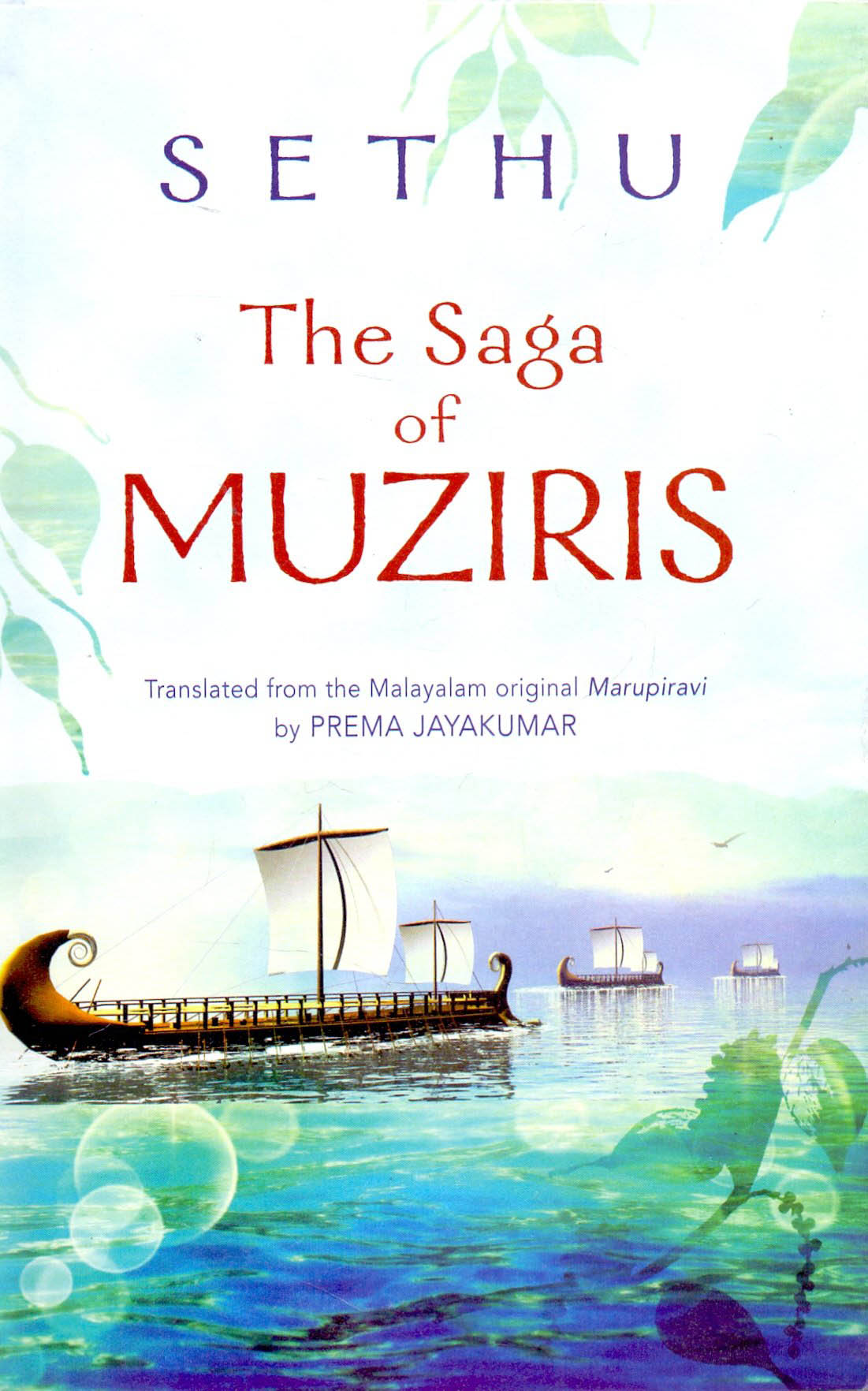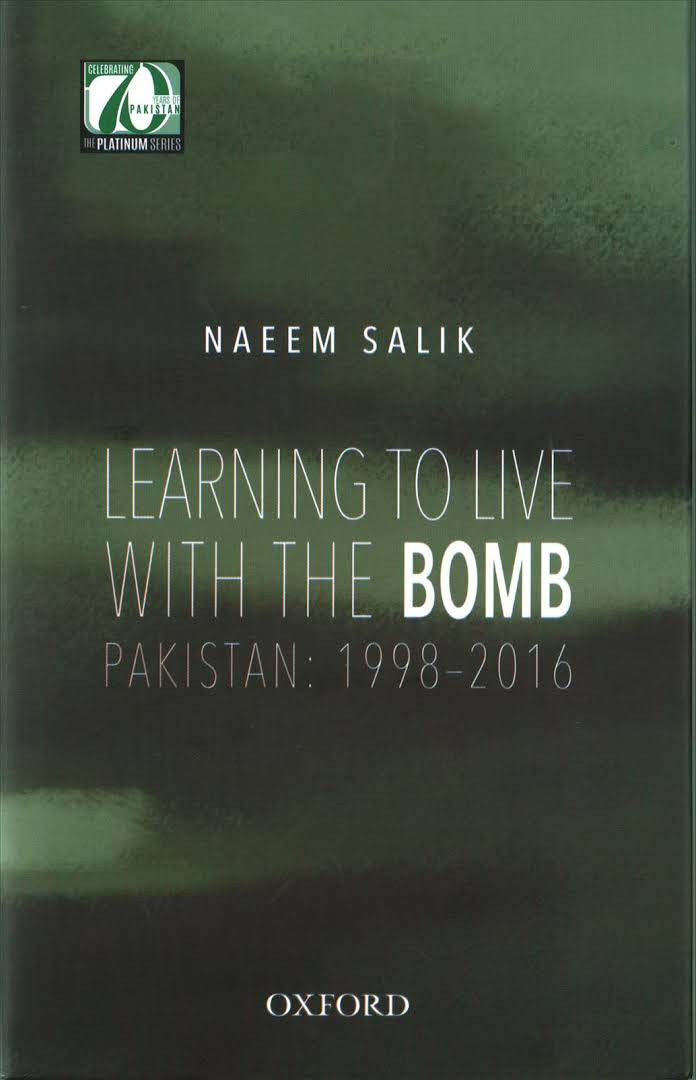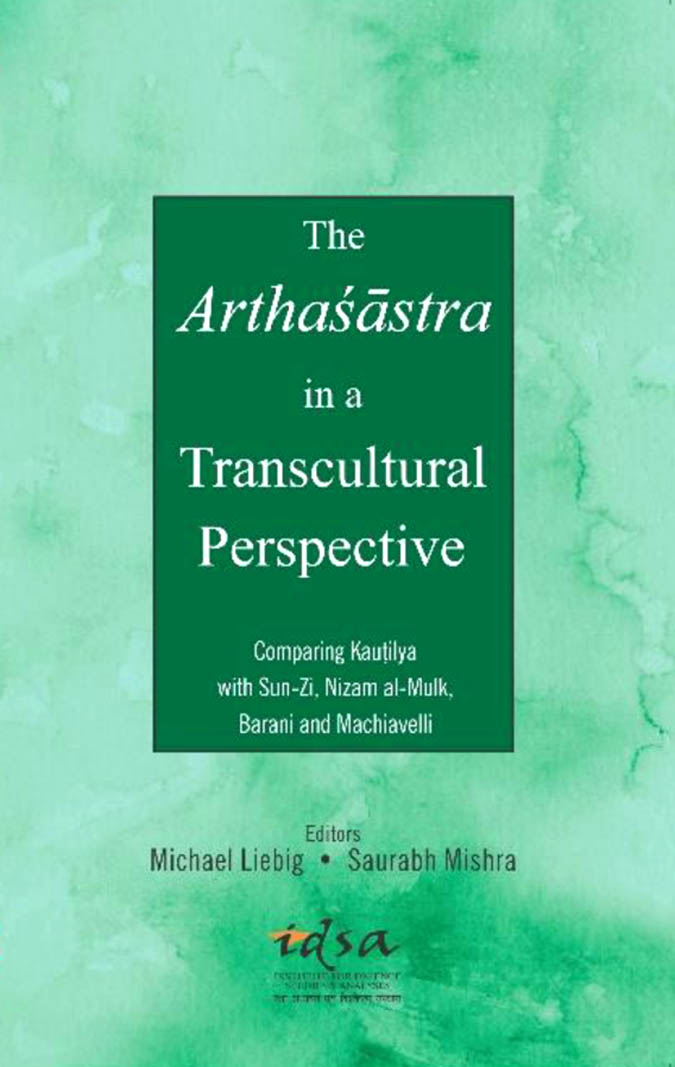For the first time ever in a decade and more, the NCERT, the apex body advising the Government of India on educational matters, has woken up from its hibernation and brought out a book that is something worthwhile possessing or presenting to the younger generation.
Archives
September 2017 . VOLUME 41, NUMBER 9Shanta Acharya’s evolution as a poet shows three distinct phases, as William Blake has put it, of innocence, experience and higher innocence. She starts out in a restrained manner, goes through certain experiences, and then goes on to fully articulate her emotional experiences.
Not self-expression but expressiveness: The languageways of Heart’s Beast.
Apoet’s selected poems from multiple books and a lifetime’s work, implies an intense self-consciousness and a special focus on future readers. Selected poems are not really for one’s existing readership.
2017
I reckon that blaming people fixes nothing. You’re the only person who is going to sort you out. No one else really can—or really cares, enough. That is what Nepalis know—better than anyone. That’s our western disease. Don’t take responsibility. Take on a lawyer!
—Jane Wilson- Howarth
Opening this book is like flying on a magic carpet across fabled lands and landscapes. It is a compilation of five legends drawn from the main regions of the Indus Valley, spanning the Himalayas to the desert sands of the Arabian Sea, in what is now Pakistan, encompassing Khyber, Pakhtunkwa, Punjab, Baluchistan, and Sindh, embracing a plural culture.
How I Became a Tree by Sumana Roy is the story of Sumana, who, tired of the violence, greed, hatred, pace of life of the present day ‘human’ life looks for an alternative for which she turns to nature—the life of a tree—to find solace. She recounts her journey with all its doubts and fears, the impact of works of other writers, painters, scholars on her as she moved towards achieving her goal.
2017
Imagine living in a country where the state decided everything about your life—the number of kids you have, how you get pregnant, how much food will be rationed to you, your profession, your language and religion.
The Partition of India was a cataclysmic event that rent the fabric of the nation, causing scars that persist into the present. The corrosive, debilitating effects of colonialism were temporary, but they ended in a brutal carnage, the real and metaphorical mutilations of which were almost impossible to erase from the collective unconscious.
In its broadest sense a masque is a pageant—a brilliant amalgamation of dazzling music, dance and colour. Zelaldinus (Jalaluddin Akbar) in his days as the Mughal emperor, is supposed to have held many masques in Fatehpur Sikri, the red stone capital he built in the Aravali range, beyond Agra. There, the women of his
With a narrative steeped in the annals of Kumaon history, Namita Gokhale’s Things to Leave Behind, may well be a historical novel; but then again, so deeply interlaced are the political fortunes of this land at the threshold of modernity with the history of the Pant family that pigeonholing appears, at best, an exercise in reductionism.
‘13” is an auspicious number for this collection of short stories by author Shane Joseph. The
number ‘13’ conjures up feelings of foreboding and unease, which is exactly what Joseph delivers in this assembly of stories. Throughout the telling of the ‘13’ tales Joseph introduces us to a myriad characters wrestling with their own personal demons; some mental, some physical and some the very environment they inhabit.
Arundhati Roy’s second novel, The Ministry of Utmost Happiness, begins better than her first one, even reads better than the first one, but is less of a novel than the first one. It is exhilarating and irritating.
During the entire decade of the 1960s, Sudhir Chakravarti traversed the space covering Nadia, Bardhaman, Birbhum and Murshidabad in this Bengal and Meherpur and Kusthia in the other Bengal (Bangladesh) comprising countless villages to look for so many hidden meta-religions as practised by wandering minstrels who are known as bauls, bairagis, dervishes, fakirs, sahajiyas and udasins. Cutting across tiny hamlets and settlements tucked away in the farthest corners of Bengal he completed an intensive research and the result was his much-acclaimed book Gobheer Nirjon Pothey.
Second Encounter, first published in Bengali in 1972 as Je Jekhane Danriye, traces the relationship between Anupam and Anjali, two individuals who love each other and yet continue to live their own separate fragmentary lives.
2017
Not quite a novel, but more an interconnected set of short stories each with its own protagonist-narrator offering a different point of view on a series of unfolding events, Half-Open Windows is a superb translation of Ganesh Matkari’s fast paced Khidkya Ardhya Ugdya published in 2014.
Over the past few decades theme based writing with focus on situations and communities have seen the light. So Partition stories, Tsunami stories, women’s writings, dalit stories and so on made their way into the market. We have also had a number of films based on these lines.
Muziris is the story of generations, Muziris is the story of an Ahalya waiting to come alive, she is a life force lurking to be discovered from behind termite-ridden pages, she housed a civilization to be celebrated, she influenced the financial structure of the world, her shores were dangerous and the Yavana sailors came in to eat, drink and to whore, ponnode vanthu kariyode poka, she held so many sights and sounds. And what happened to Muziris ?
The Life of Harishchandra, a 13th cen-tury Kannada classic by poet Raghavanka, is the latest volume
brought out by The Murthy Classic Library of India which is bringing out extremely well edited and professionally worked out English translations of classic Indian texts for not just a global audience, but to Indian readers as well.
At a first glance, the title may sound old fashioned, vintage lit-crit in the genre of Life & Times or Men of Letters series. But the book opens with the freshness of a new found love that encourages a rediscovery of the self. Ranga Rao’s doctoral dissertation was on Narayan, in the sixties.
Art historian, novelist, painter and film-maker, Manju Kak, has brought us a potpourri of sights, smells and experiences. Manju grew up in the hills as a school girl in Nainital, and with her marriage, returned to Uttrakhand, this time to Ranikhet.
India is geographically contiguous to two other nuclear weapon powers, and both
these countries, China and Pakistan have adversarial relations with India. On the contrary, China and Pakistan are known to share an all-weather friendship and have a convergent strategic aim to curtail India’s rise.
There is no dearth of biographical accounts of Indira Gandhi (1917–84), and there lies the challenge before the author Sagarika Ghose, a journalist and novelist, as to what new could she offer. One of the identifiable novelties of this portrait is a creative style of beginning and/or ending the chapters with a letter from the author to the departed soul.
Both Audrey Truschke and her book Aurangzeb have garnered much attention. A number of interviews of the author, reviews of the book, and other promotional material are circulating widely on the internet.
Kevin McGrath’s analysis of Yudhishthira’s complex personality is refreshingly free from hagiography; at the same time, the text balances lucid scholarship with a compassionate, nuanced view of its subject.
McGrath points out that neither of the warring sides of the royal Hastinapura clan (Pandavas and Kauravas), wins in the end—rather, it is Krishna’s Yadava lineage that achieves lasting success.
The Institute of Defence Studies and Analysis (IDSA), New Delhi, is mak-ing a remarkable tribution to Kautilya studies. The IDSA Library runs a ‘Kautilya Desk’, storing a growing body of new material, in a spirit of dedication. A contributor to this volume, Col. Pradeep Gautam (Retd.), supported by the current and former IDSA Directors and others, supervises this project.




